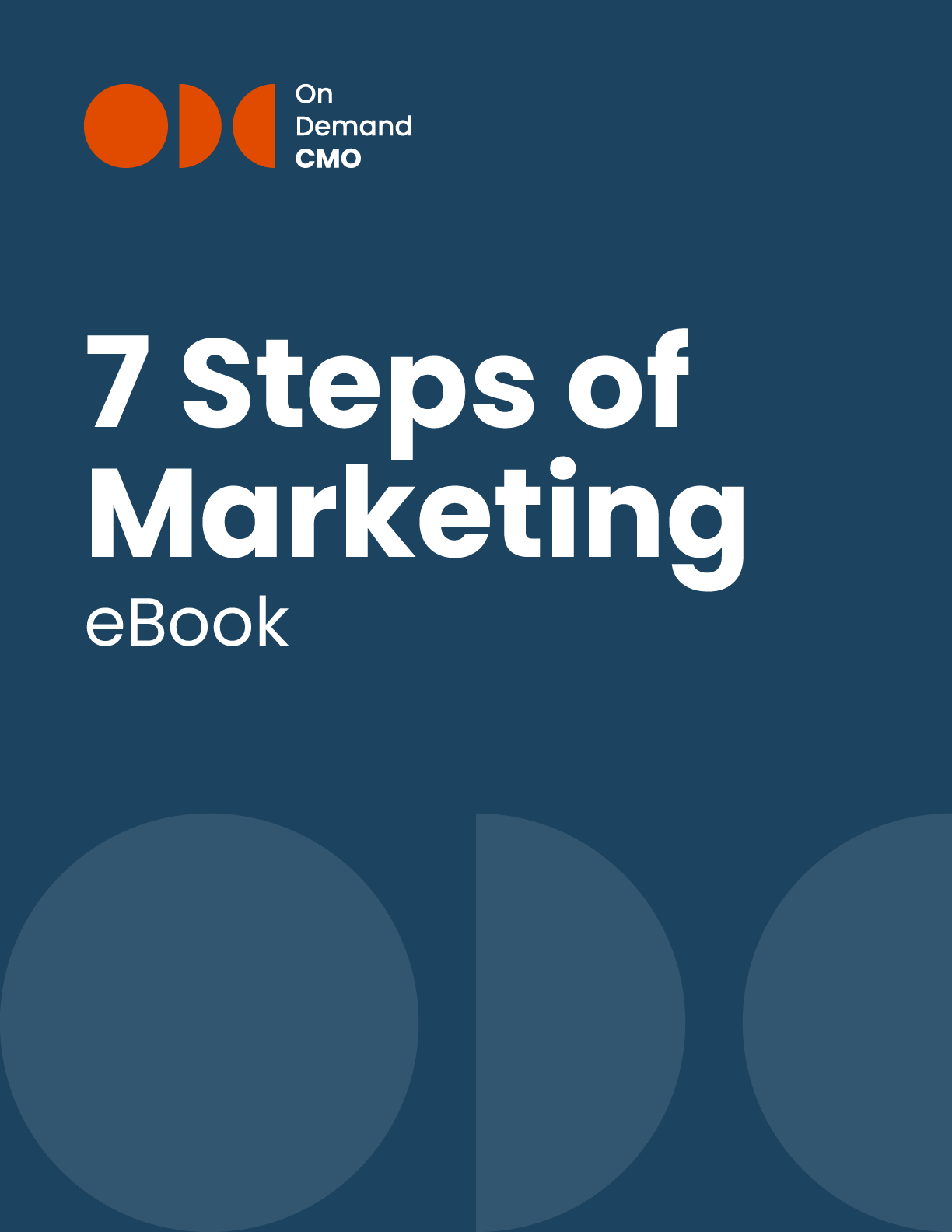
The way businesses hire is often the biggest component of their success or failure. A great team can realize the highest potential of a product and reach the widest possible market. But no product or business plan (however genius) can survive poor implementation by substandard employees. Many companies recognize this and compete for the best hires by offering ever more generous incentives. But are flashy perks and lavish salaries the only way to secure top performers?
Fortunately, the conventional wisdom about hiring is extremely flawed. By learning to recognize potential that other employees miss, your company can gain the all-important edge and identify high quality people who are undervalued by the market. The following principles are designed to help you gain that edge over more traditional methods of assessing the value of a hire. I think it is about overhauling our hiring practices.
Back in 1998, Frank Schmidt and John Hunter conducted an analysis of the “practical and theoretical implications of 85 years of research in personnel selection” which compared 19 different assessment strategies. Their findings contradicted prevailing opinion on the subject in many unexpected ways. For instance, one of the most striking implications of this research was that age accounts for 0% of job performance. The data suggest that an employee’s age has no statistical correlation whatsoever with their value add to a business.
So what’s the takeaway from this? Should age be ignored completely when looking at a resume?
As a matter of fact, hiring younger employees can be one of the simplest and easiest ways to snatch up undervalued talent. As venture capitalist and startup guru Paul Graham puts it, “the most productive young people will always be undervalued by large organizations… few realize the huge spread in the value of 20 year olds. Some, it’s true, are not very capable. But others are more capable than all but a handful of 30 year olds.”
Graham goes on to assert that the young are particularly difficult to judge for a variety of reasons, which causes many employers to filter them out with a faulty algorithm. But because they are so undervalued, and because they can be just as capable as their elder colleagues, it makes strategic sense to target the young.
This might strike you as counter-intuitive. Isn’t it the case that the younger you are, the less experience and education you are likely to have?
Yes, but the data about experience and education is surprising. As it turns out, the lack of them might not be much of a downside. According to Schmidt and Hunter’s findings, job experience is a terrible predictor of job performance, with an assessment validity of only .18. That means that judging a potential hire by years of experience in the same job (or a similar one) is only correlated with job performance 18% of the time, while it is an even poorer indicator of how well a candidate will learn on the job (a mere 1% correlation).
Meanwhile, the amount of time a person has spent in school, the gold standard for many employers in an era where graduate degrees are the new bachelor’s in the US job market, is even less relevant to job performance than experience. It can boast a measly .10 validity, although its correlation with on the job learning is slightly higher at .20 (20%).
So the data seems to confirm Graham’s advice: if you’re looking to hire affordably without sacrificing talent, one of the best things you can do is target the young.
Ycombinator President and entrepreneur Sam Altman is convinced that employers should utilize their personal network more often when looking for new hires. “By at least a 10x margin,” he declares “the best candidate sources I’ve ever seen are friends and friends of friends.” Peter Kazanjy, co-founder of a talent discovery startup, echoed this sentiment over at First Round Review, affirming that “99% of the time your best hires will come from your staff’s combined network”.
While this may seem to once again defy the conventional thinking, the successful venture capitalist Brad Feld offers a compelling argument about what to look for when hiring that may explain the usefulness of networks.
Feld simplifies the attributes of a job applicant down to two categories: cultural fit and competence. While it’s obviously best to hire for both, if this is unattainable Feld says “many people default into choosing people who have high competence but a low cultural fit. This is a deadly mistake”, because even if competent a worker that detracts from the company culture can have a negative effect on overall productivity that outweighs his or her competence.
On the other hand, Feld notes that “people with low competence but a high culture fit are also not great hires. But if they are ‘medium’ competence, or high competence on in a related role, or early in the career and ambitious about learning new skills, they may be worth taking a risk on.” In arguing for prioritizing cultural fit, Feld provides yet another reason to hire young, while also suggesting why personal networks might be such a great source for hires: people in your network are more likely to share your professional values and outlook, and more likely to uphold your company’s vision.
Schmidt and Hunter found that unstructured interviews, defined as having “no fixed format or set of questions to be answered, no fixed procedure for scoring responses”, were extremely poor at predicting job performance with a pitiful .38 validity.
Google Senior VP Laszlo Bock explains why this is the case, noting that in unstructured interviews the random impression an interviewer gets within the first few minutes of an interview usually biases them for most the entire duration, which is spent seeking to confirm the initial impression rather than to form a more accurate judgement of the candidate.
Structured interviews with predefined questions and metrics can be a good way to avoid this level of inefficiency, since they boast a much more impressive .51 validity. However, having an employee audition for a role instead of interviewing for them, as Sam Altman argues, is the single most reliable way (other than general mental aptitude tests) to predict their job performance with a .54 validity.
Let other companies with more resources to waste or less hunger for success worry about sticking with the “tried and true” methods of judging a resume like number of degrees, years of experience on the job, or reputable reference letters.
If you want to beat the market, it’s time to strike out on your own and utilize the data to build cutting edge hiring practices that win you the best team. In the Michael Lewis book Moneyball, Oakland A’s general manager Billy Beane defies baseball recruitment conventions for a relentless focus on the stats and it paid off in a huge way. Isn’t it time you treat your company the same way?
So to review, here are some steps you can take to capitalize on the information presented above:
By taking these steps to overhaul your hiring practices, you will be able to identify the potential that others miss using statistically sound techniques and, as the Oakland A’s did with their franchise in Moneyball, take your business to a whole new competitive level.

OnDemandCMO has authored 7 Steps of Marketing, the only marketing guide book you’ll need to either get your marketing started properly, or stay on track strategically.
It features best practices on branding, messaging, social media, lead generation and much in between.
Please let us know who you are, and we'll share a few of our secrets (we don't sell or trade your info)!